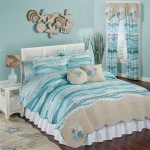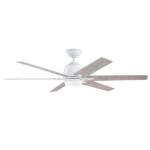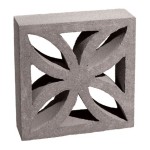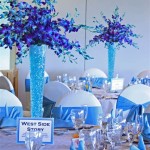How to Decorate a Welcoming and Educational Preschool Classroom
As educators know, the environment in which children learn plays a crucial role in their development. A well-decorated preschool classroom fosters creativity, imagination, and a love of learning. It is important to create a welcoming and nurturing environment that inspires young minds. This guide provides essential tips on how to decorate a preschool classroom to maximize its potential.
Color Palette
Colors have a significant impact on children's mood and behavior. Choose a color scheme that is bright, cheerful, and inviting. Avoid overwhelming patterns or extremely bright colors, which can be overstimulating. Instead, opt for a combination of warm and cool colors that create a balanced and soothing atmosphere. For instance, pale blues, greens, yellows, and oranges can evoke a sense of calm while encouraging alertness and creativity.
Furniture Arrangement
The arrangement of furniture should facilitate various learning activities. Create designated areas for different activities, such as a reading nook, a play area, and a craft station. Ensure that furniture is age-appropriate and provides ample space for children to move around and interact. Consider incorporating flexible seating options, such as bean bags or floor cushions, to accommodate different learning styles.
Learning Centers
Incorporate learning centers into the classroom to foster exploration and discovery. These centers can focus on specific activities, such as math, literacy, science, or art. Each center should be well-equipped with age-appropriate materials, books, and manipulatives that encourage hands-on learning.
Wall Display
Walls serve as a valuable tool for displaying student work, educational materials, and inspirational quotes. Display children's artwork prominently to foster confidence and a sense of ownership. Include educational charts and posters that reinforce foundational concepts, such as the alphabet, numbers, and shapes. Consider adding inspiring quotes or affirmations to create a positive and motivating atmosphere.
Sensory Stimulation
Sensory elements can enhance learning experiences and cater to different learning styles. Incorporate sensory elements such as textured materials, soft lighting, and calming scents to provide a stimulating environment. Include sensory bins, playdough, and musical instruments to encourage exploration and sensory development.
Natural Elements
Bringing nature indoors can create a calming and inspiring atmosphere. Add plants, natural lighting, and materials made from sustainable resources. Incorporating natural elements can help children connect with their surroundings and foster a sense of well-being.
By following these tips, you can create a preschool classroom that is both welcoming and conducive to learning. A well-decorated classroom provides a stimulating and nurturing environment that promotes creativity, imagination, and a lifelong love of learning.

Classroom Decoration Ideas For Preschool Be Creative Decorating Decor Elementary Kindergarten Themes

7 Amazing Classroom Decoration Ideas For Kindergarten

This Is An Example Of A Very Well Kept Classroom Kindergarten Decor Design Preschool

Top 7 Preschool Classroom Decorations Do S And Don Ts

Preschool Decoration Ideas Classroom Design Paperwork Hanging

Pre K Classroom Photos Colorful Nature Theme Prekinders

Classroom Setup Preschool Decor Kindergarten Toddler Decorations

Top 7 Preschool Classroom Decorations Do S And Don Ts

20 Best Classroom Decoration Ideas For Teachers

Easy Ways To Decorate A Classroom With The Children S Work







